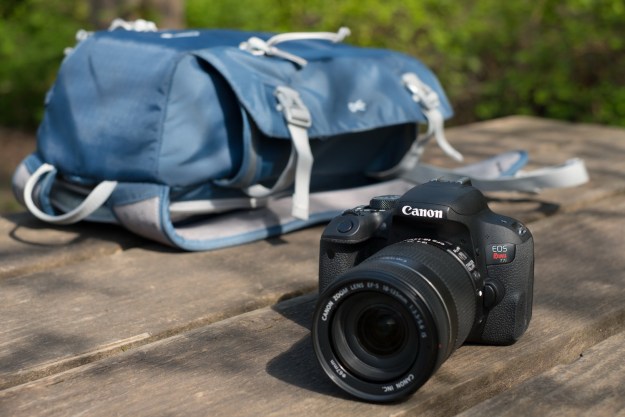No news coming out of Kodak recently seem to be upbeat, but although the company seems to be calling it quits on many fronts – including digital cameras, which it practically invented – you can bet on one thing: its namesake probably holds more value than many of its patents. Which is why you’ll soon see Kodak-branded cameras on store shelves again. It’s just that Kodak themselves won’t be making them.
Kodak announced that they are licensing their brand in a multi-year contract to JK Imaging, a privately held company based in Los Angeles. Products go beyond digital cameras, as the deal also includes pocket video camera and projectors. This partnership is similar to the ones entered by Hewlett-Packard (which exited the digicam biz years ago) or Polaroid.
“Kodak remains a strong and trustworthy name in the consumer space, and this agreement reinforces how valuable our brand is,” said Kodak President Laura Quatela.
While we don’t know exactly what types of cameras will be introduced, British magazine Amateur Photographer was able to confirm with Kodak during CES that a compact system (mirrorless) camera and a 52x mega-zoom camera are in the works, and that they’d be manufactured in China. Expect to see cameras roll out during the second quarter of 2013.



